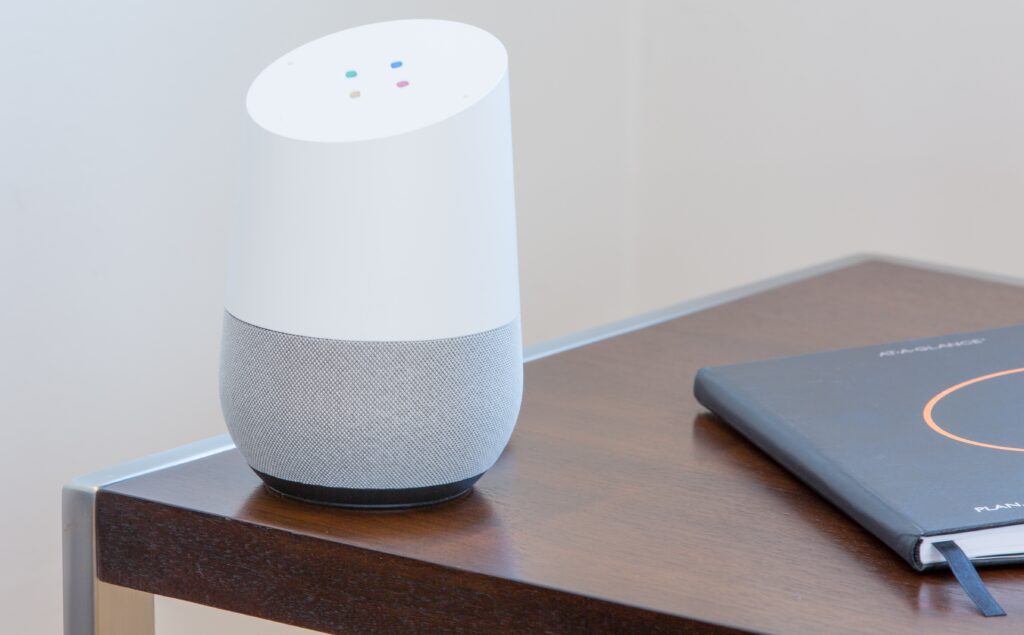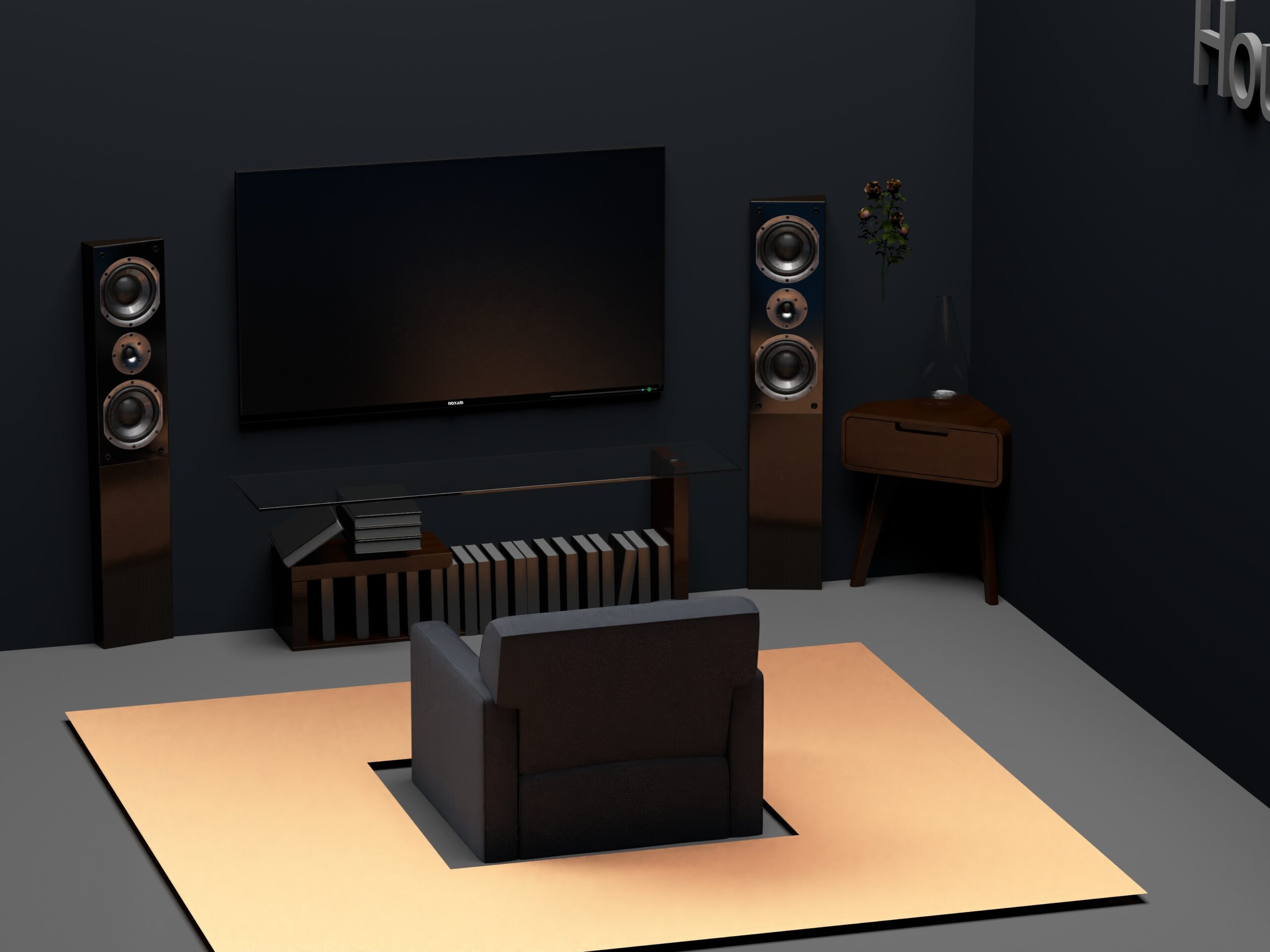The advent of technology brings about a significant transformation in our daily lives, particularly in the realm of home automation and smart audio. Furthermore, This article delves into the intricacies of these technologies, their evolution, and their impact on our lives.
Why choose Home Automation?
Smart audio technology, a subset of artificial intelligence, has revolutionized the way we interact with our devices. Moreover, the technology, which began with simple voice commands, evolves into sophisticated systems like Amazon’s Alexa, Google’s Assistant, and Apple’s Siri. These systems not only play music but also provide information, set reminders, and even control other smart devices in the home.
One of the coolest features of smart homes is their ability to connect all your devices, creating a seamless network throughout your living space. Through the Internet of Things (IoT), diverse devices like smartphones, thermostats, lighting systems, and appliances can communicate with each other. transforming any ordinary dwelling into a futuristic hub. The ability to control and manage these devices remotely ensures your home is always in sync with your preferences.
Worried about the cost of living?
With Bills increasing by the month you may think investing in home automation is the last on your list, however it might actually reduce costs in the long run. Smart homes significantly contribute to greener living by optimizing energy usage. With sensors and smart algorithms, these homes respond intelligently to environmental changes. For Example automatically adjusting temperature, lighting, and power consumption to optimize efficiency. With features like smart thermostats and energy monitoring systems. Homeowners can easily track and minimize unnecessary energy wastage. Therefore educing both their carbon footprint and electricity bills.
The Evolution of Home Automation
Home automation, also known as domotics, refers to the automatic control of electronic devices in the home. The concept, which began with timer-based systems, has evolved into internet-connected devices that can be controlled remotely. Today, home automation encompasses everything from lighting and heating to security systems.
The Intersection of Smart Audio
The real magic happens when smart audio and home automation intersect. Voice-controlled home automation systems allow users to control their homes using simple voice commands. For instance, you can ask your smart speaker to turn off the lights, adjust the thermostat, or lock the doors. This seamless integration of technologies has made our lives more convenient and efficient.

The Impact
The impact of smart audio and home automation is far-reaching. On a personal level, these technologies have made our lives more comfortable and convenient. On a societal level, they have the potential to reduce energy consumption and improve security. However, they also raise important questions about privacy and data security.
Furthermore, Smart audio and home automation represent a significant leap forward in technology. They have transformed our homes into smart homes, where devices communicate with each other to make our lives easier. However, as we embrace these technologies, we must also address the challenges they present. As we look to the future, it is clear that smart audio and home automation will continue to play a pivotal role in shaping our lives. As we continue to explore and develop these technologies, it is clear that they will continue to transform our lives in ways we can only begin to imagine.
Smart Audio:
- Amazon Echo (Alexa): Amazon’s Echo line of devices is powered by Alexa, the company’s voice assistant. Users can ask Alexa to play music, answer questions, read the news, check the weather, set alarms, control compatible smart home devices, and more.
- Google Home (Google Assistant): Google Home is a line of smart speakers developed by Google. The devices enable users to speak voice commands to interact with services through Google’s intelligent personal assistant called Google Assistant.
- Apple HomePod (Siri): Apple’s HomePod offers excellent sound quality and seamless integration with other Apple devices. Siri, Apple’s voice assistant, can be used to control the speaker and other smart home devices, send messages, make calls, and more.
Home Automation:
- Philips Hue: Philips Hue is a line of color-changing LED lamps and white bulbs that can be controlled wirelessly. They can be integrated with a variety of other smart home platforms and can be controlled via voice commands through Alexa, Google Assistant, and Siri.
- Nest Thermostat: The Nest Learning Thermostat is a smart thermostat that learns your schedule and the temperatures you prefer. It can then program itself to help you save energy and money. It can be controlled remotely through a smartphone app or through voice commands using smart speakers.
- Ring Video Doorbell: Ring’s video doorbells offer high-definition video and two-way communication, allowing you to see and speak with visitors at your door from anywhere. They can also send alerts to your phone when someone rings the doorbell or when motion is detected.
- iRobot Roomba: The Roomba is a series of autonomous robotic vacuum cleaners sold by iRobot. Advanced models can map your home, learn and adapt to your cleaning habits, and even empty their own dustbin. They can be controlled via an app or through voice commands using smart speakers.
Read more about how to build a smart automated home here!
Future Trends
Looking ahead, the smart home automation industry is expected to continue growing. Future trends may include increased integration with renewable energy sources, further advancements in AI and machine learning, and the development of more sophisticated security systems. Additionally, as smart home technology becomes more affordable and accessible, it’s likely that a growing number of households will adopt some form of home automation.
In conclusion, the rise of smart home automation represents a significant shift in the way we interact with our living spaces. As technology continues to advance, it’s exciting to imagine what the future of home automation might look like.


